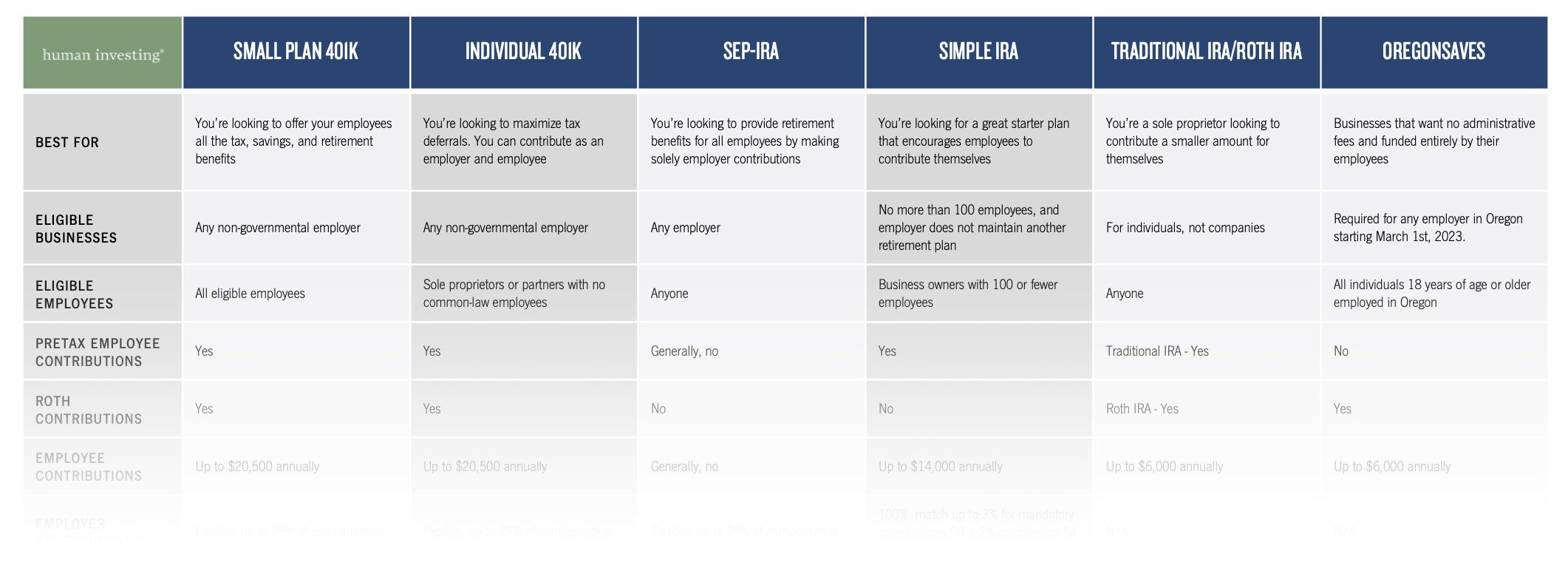Every few years, a familiar worry resurfaces: Can we still trust U.S. Treasuries?
It’s a fair one. Fiscal deficits are rising. Government debt dominates the headlines. Political theatrics are hard to ignore. These concerns are understandable.
But this piece is not a dismissal of those worries. It aims to weigh them against the steady role Treasuries continue to play in global markets and in investors’ portfolios.
Because the key, as always, is to separate signal from noise. And noise is never in short supply.
U.S. Treasuries are often described as “risk-free.” Of course, no investment truly is, but no other assets have earned that reputation as convincingly. Their strength is structural: deep markets, global demand, and the dollar’s central role in international finance. These aren’t passing features. They’re foundational pillars of a system that continues to hold.
WE’VE BEEN HERE BEFORE
Concerns about the national debt are nothing new. In the mid-1980s, Congress passed the Gramm-Rudman-Hollings Act in response to growing fears of a looming fiscal cliff.¹
That was nearly 40 years ago.
Since then, warnings have echoed: interest rates would skyrocket, the dollar would collapse, foreign buyers would flee. But none of those predictions played out in a sustained way. Interest rates stayed low for decades. The dollar remained strong. Treasuries continued to anchor global portfolios.
THE OTHER SIDE OF THE LEDGER
Most debt conversations focus on the total amount owed, but it would be wise to consider both sides of the ledger. An equally important story is the government’s ability to repay what it owes.
The United States has a broad and resilient tax base, drawing revenue from some of the world’s most profitable corporations and wealthiest individuals. In 2024, over 94 percent of federal revenue came from income, payroll, and corporate taxes.²
That revenue base gives the government something that matters more than the size of its debt: flexibility. The capacity to raise more if needed. This is a critical ingredient in maintaining trust and stability in U.S. Treasuries.
That doesn’t make debt a non-issue. But it puts the conversation in better context.
THERE IS NO SUBSTITUTE
Some point to shifting foreign ownership of Treasuries as a sign of trouble. But the truth is, global capital needs a home that is safe, liquid, and capable of absorbing trillions in flows. There are few alternatives.
That’s why central banks, sovereign wealth funds, and even the U.S. tri-party repo market continue to rely on Treasuries. ³,⁴ It is not because of short-term politics. It is because no other asset plays the role as effectively or as consistently.
Foreign holdings may ebb and flow with trade dynamics or currency shifts. But the long-term, strategic demand? It’s still there.
HIGH DEBT DOES NOT GUARANTEE CRISIS
Japan offers an interesting counterpoint. With a debt-to-GDP ratio over 250%, more than double that of the United States.⁵,⁶ And yet, its financial system remains stable, and interest rates are close to zero.
This is not to suggest that debt is irrelevant, but it serves as a useful reminder that high debt levels, on their own, do not lead to crisis. The surrounding structure, including credibility, strong institutions, and consistent demand, matters just as much, if not more.
Could Treasuries someday lose their special status? In theory, yes. Anything is possible. But if that day ever comes, it will likely coincide with a much broader breakdown in global order. In that kind of environment, the safety of any asset would be in doubt.
That’s not a prediction. It’s simply an observation about the scale of disruption required to unseat the U.S. Treasury market.
A WARNING FROM ‘THE BOND KING’
Not everyone views Treasuries as the unshakable anchor they once were. Even some of the most seasoned investors are questioning the long-term role of U.S. Treasuries.
Jeffrey Gundlach, CEO of DoubleLine Capital and one of the most influential fixed income investors of the past two decades, has voiced serious concerns. In a June 2025 interview, he offered this warning:
“There is an awareness that the long-term Treasury bond is not a legitimate flight-to-quality asset.”⁷
He points to shifting dynamics: the dollar falling during selloffs, long bond yields rising after rate cuts, and growing concern over rising interest costs. As low-yield bonds mature, they are being replaced by debt with much higher yields. According to Gundlach:
“The interest expense for the United States is untenable if we continue running this budget deficit and continue to have sticky interest rates.”
Gundlach raises legitimate questions. But even he stops short of calling Treasuries broken. His concern is about strain, not collapse. The system is being tested, not undone.
While the pressures are real, rising interest rates and persistent deficits, they are not set in stone. Policy can change. Priorities can shift. The system still has tools it can use.
And this is where perspective matters.
Markets are noisy. Bad news sells. Loud warnings travel further than quiet resilience. But alarm does not erase the quiet strength of systems that continue to function.
Even Gundlach points to stress, not failure.
Which brings us back to what still works.
STILL DOING THEIR JOB
Treasuries aren’t immune to worry, however they continue to serve their purpose. They provide liquidity, offer stability, and act as a counterbalance in times of uncertainty.
We’re seeing that play out again in real time. Renewed tensions with Iran have reminded investors what uncertainty feels like. Once more, yields have dropped and the dollar has strengthened. These are clear signs of a flight to safety.
Even amid rising deficits and political noise, Treasuries continue doing what they’ve always done: deliver reliability in a world that often falls short.
References:
U.S. Congress. Balanced Budget and Emergency Deficit Control Act of 1985 (Gramm-Rudman-Hollings Act). Public Law 99–177, 99th Congress, December 12, 1985.
U.S. Department of the Treasury. “Government Revenue.” Fiscal Data – America’s Finance Guide.Accessed June 20, 2025.
Board of Governors of the Federal Reserve System (U.S.). “Rest of the World; Treasury Securities Held by Foreign Official Institutions; Asset, Level [BOGZ1FL263061130Q].” FRED, Federal Reserve Bank of St. Louis. Accessed June 20, 2025.
Federal Reserve Bank of New York. “Tri-Party Repo Data Visualization.” Federal Reserve Bank of New York. Accessed June 20, 2025.
U.S. Department of the Treasury. “National Debt and Debt-to-GDP Ratio.” Fiscal Data – America’s Finance Guide. Accessed June 20, 2025.
World Economics. “Debt-to-GDP Ratio: Japan.” World Economics. Accessed June 20, 2025.
Jeffrey Gundlach, interview with Bloomberg, “Gundlach on Treasuries, Gold, Fed, AI, Private Credit, Trump,” June 11, 2025.






















































